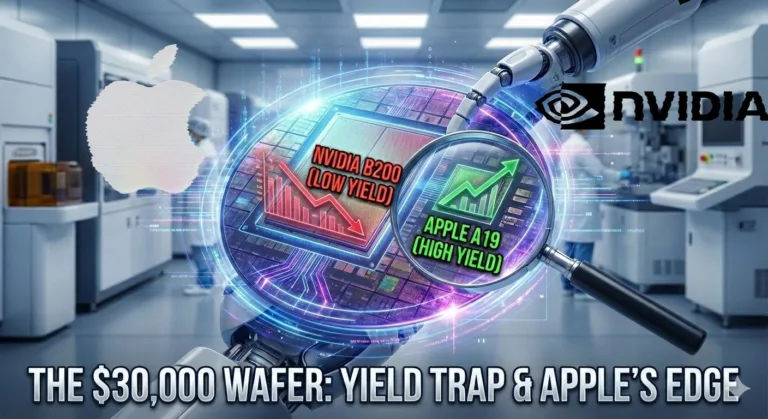New research from Omdia, an analyst firm, showa that the semiconductor industry faced a big downturn in 2023. According to their estimates, global semiconductor revenue reached $544 billion, from $597 billion in 2022, a 9% annual decline.
The outlook highlights major revenue declines expected to hit some of the biggest chip makers and suppliers. After years of surging demand, semiconductor market leaders experienced considerable sales slumps in 2023, but some also got sales increase.
Samsung Electronics (#1 ranking) – Forecasted 33.8% revenue drop to $44.4B
Intel (#2) – Projected 15.8% decrease to $51.2B
Qualcomm (#4) – Estimated 15.8% decline to $30.9B
Broadcom (#5) – Potential 5.5% contraction to $28.4B
SK Hynix (#6) – Projected 30.6% plunge to $23.7B
After experiencing several years of heavy demand driven by digital transformation and supply chain upheaval, semiconductor companies faced a very different landscape in 2023,” semiconductor analyst at Omdia. “Economic headwinds, softening consumer demand, and inventory corrections are weighing heavily on expectations for the year ahead.”

While the overall industry outlook appears bleak, there are a handful of companies positioned for revenue gains this year:
NVIDIA (#2 ranking) – Forecasted 133.6% jump to $49.2B, buoyed by AI/data center demand Apple (#8) – Projected 7.8% increase to $18.6B. Infineon (#9) – Estimated 12.2% growth to $17.3B.
Others like AMD (#7), STMicroelectronics (#10), and Texas Instruments (#11) may also eke out modest single-digit revenue increases.
Looking Ahead to Recovery Signs: “The semiconductor cycle is a well-established pattern, with boom and bust periods driven by volatility across end-market. “While painful for companies now, many will monitor pricing and inventory levels closely for signs of stabilization that could catalyze an eventual recovery phase.”
Discover more from WireUnwired Research
Subscribe to get the latest posts sent to your email.



